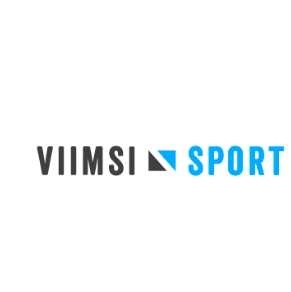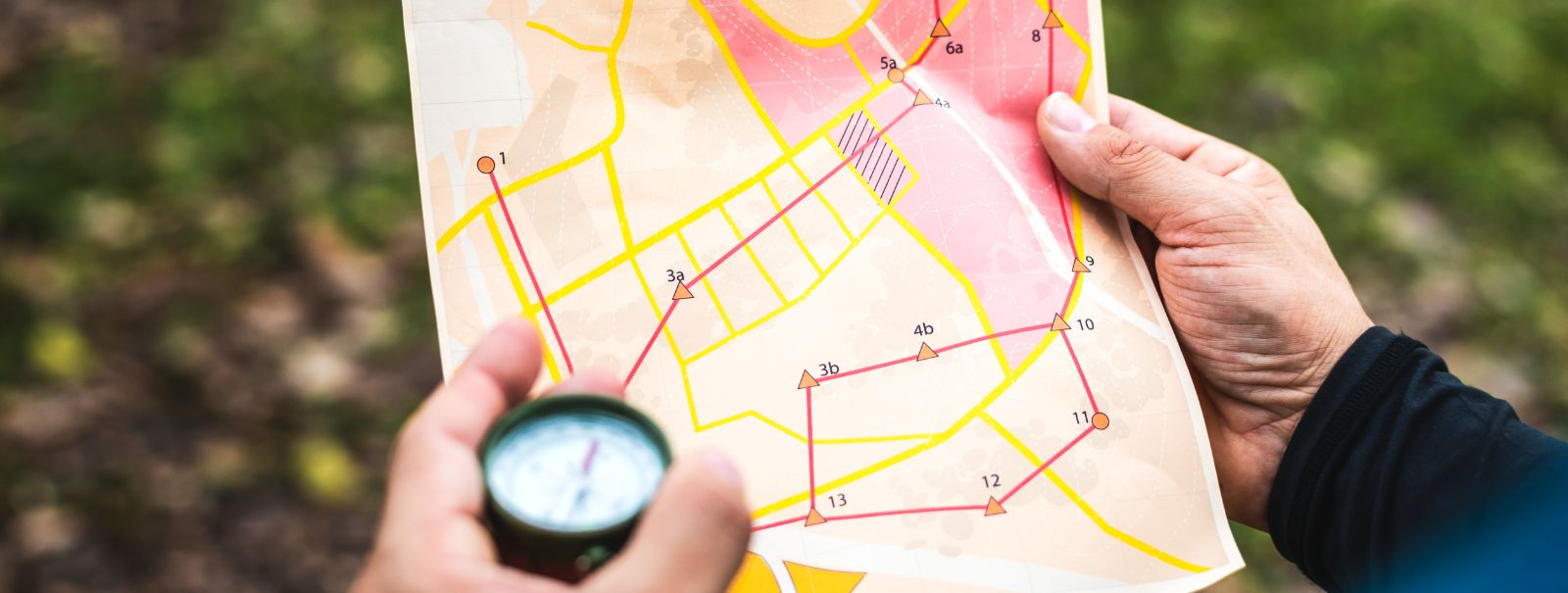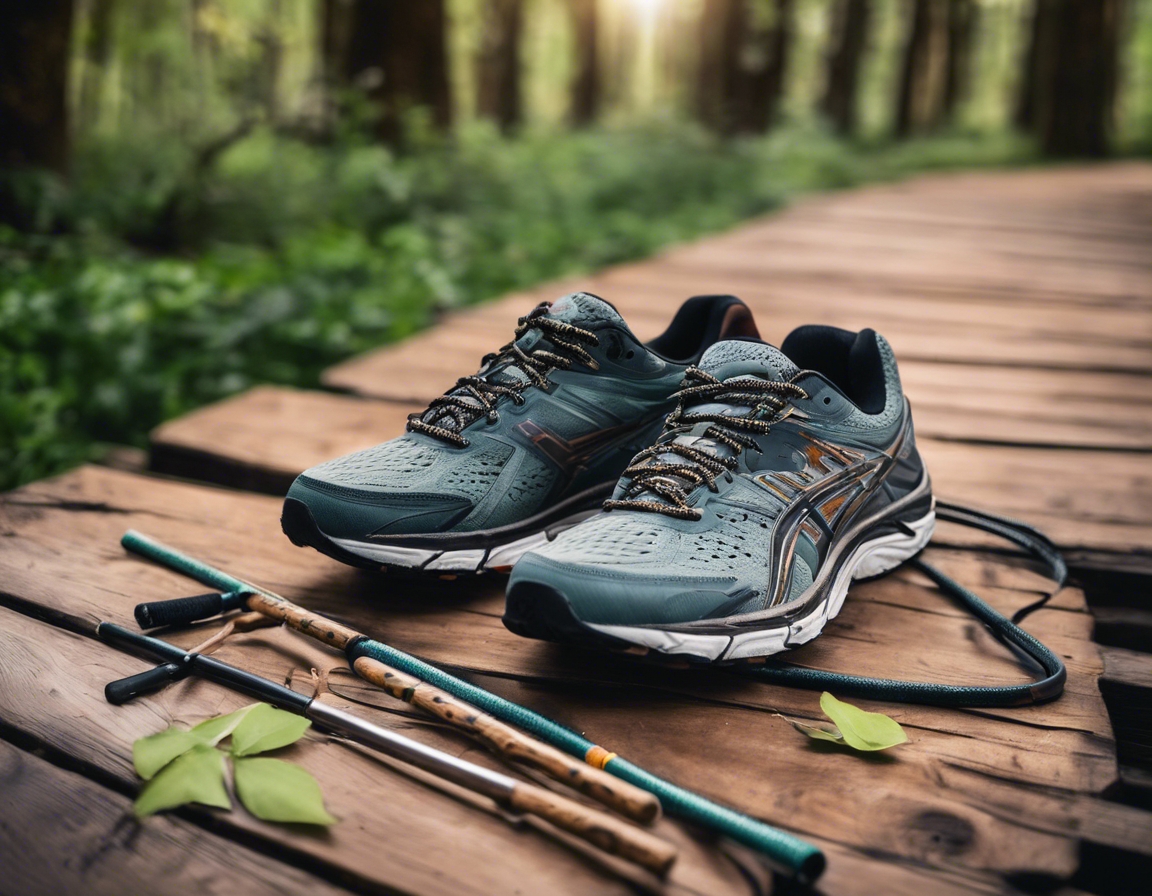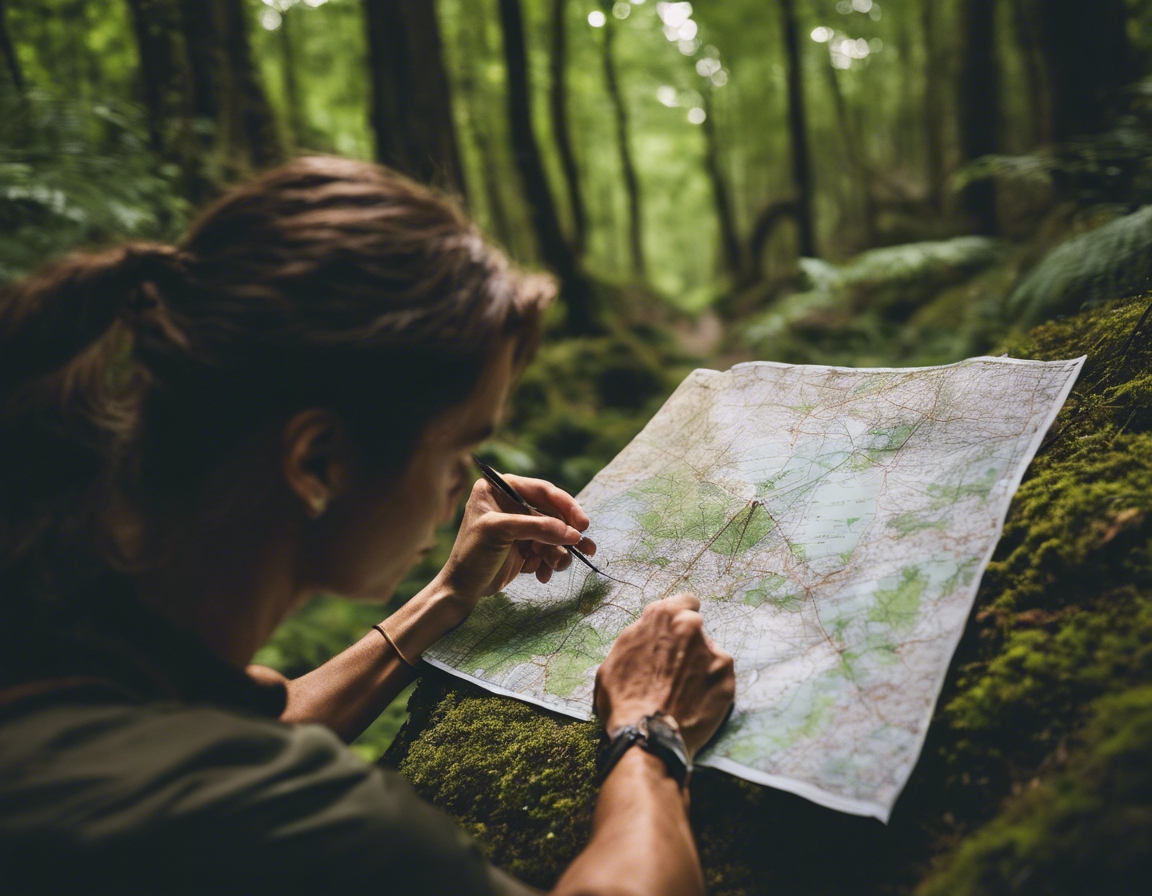Finding your way: the basics of orientation sports
Orientation sports are a group of outdoor activities where participants use navigation techniques to move from point to point in diverse and usually unfamiliar terrain. They require a combination of athletic ability, strategic planning, and navigational skills, making them both mentally and physically challenging.
Originating from military training exercises in the 19th century, orientation sports have evolved into competitive activities with a global following. The first public orienteering event was held in Norway in 1897, and since then, the sport has spread worldwide, with numerous variations and formats.
Engaging in orientation sports can improve cardiovascular fitness, enhance mental acuity, and develop problem-solving skills. It also offers a unique way to connect with nature and explore the great outdoors.
Types of Orientation Sports
Orienteering is the most well-known orientation sport, where individuals or teams use a map and compass to find checkpoints in the landscape. It can take place in forests, urban areas, or mountains, and involves varying distances and difficulties.
Rogaining is a team sport that emphasizes strategy over speed, with events lasting up to 24 hours. Teams must decide which checkpoints to visit within a time limit to maximize their score.
Adventure racing combines orientation with other disciplines such as cycling, running, and kayaking. Races can last from a few hours to several days and often include unexpected challenges.
Essential Skills for Orientation Sports
Understanding topographic maps is crucial for successful navigation. Participants must interpret symbols, scale, and contour lines to determine the best route between checkpoints.
A compass is an essential tool for orientation sports. Athletes must know how to set a bearing, take a reading, and follow a direction accurately.
Choosing the right path is a blend of art and science. Navigators must weigh the physical difficulty of the terrain against the potential time savings of a direct route.
Competitors need to be in good physical shape to handle the demands of moving quickly through challenging environments.
Equipment and Gear
Starting out in orientation sports doesn't require a lot of equipment. A good pair of shoes, a compass, and a detailed map are the basics.
More experienced participants may invest in specialized gear such as lightweight compasses, orienteering clothing, and GPS devices for training purposes.
Depending on the environment, additional equipment such as waterproof clothing, gaiters, or headlamps might be necessary.
Training and Preparation
Endurance, strength, and agility are key components of an effective training regimen for orientation sports. Cross-training can also be beneficial.
Practicing map reading and compass skills in a variety of settings can help improve navigational abilities.
Success in orientation sports also depends on mental toughness and the ability to make quick decisions under pressure.
Getting Involved in Orientation Sports
Joining a local club like SPORDIKLUBI VIIMSI SPORT MTÜ can provide access to training, resources, and a community of like-minded individuals.
Participating in local, national, or international events can be a thrilling way to test skills and meet other enthusiasts.
Orientation sports foster a strong sense of community, with clubs often hosting social events and group training sessions.






Comments (0)